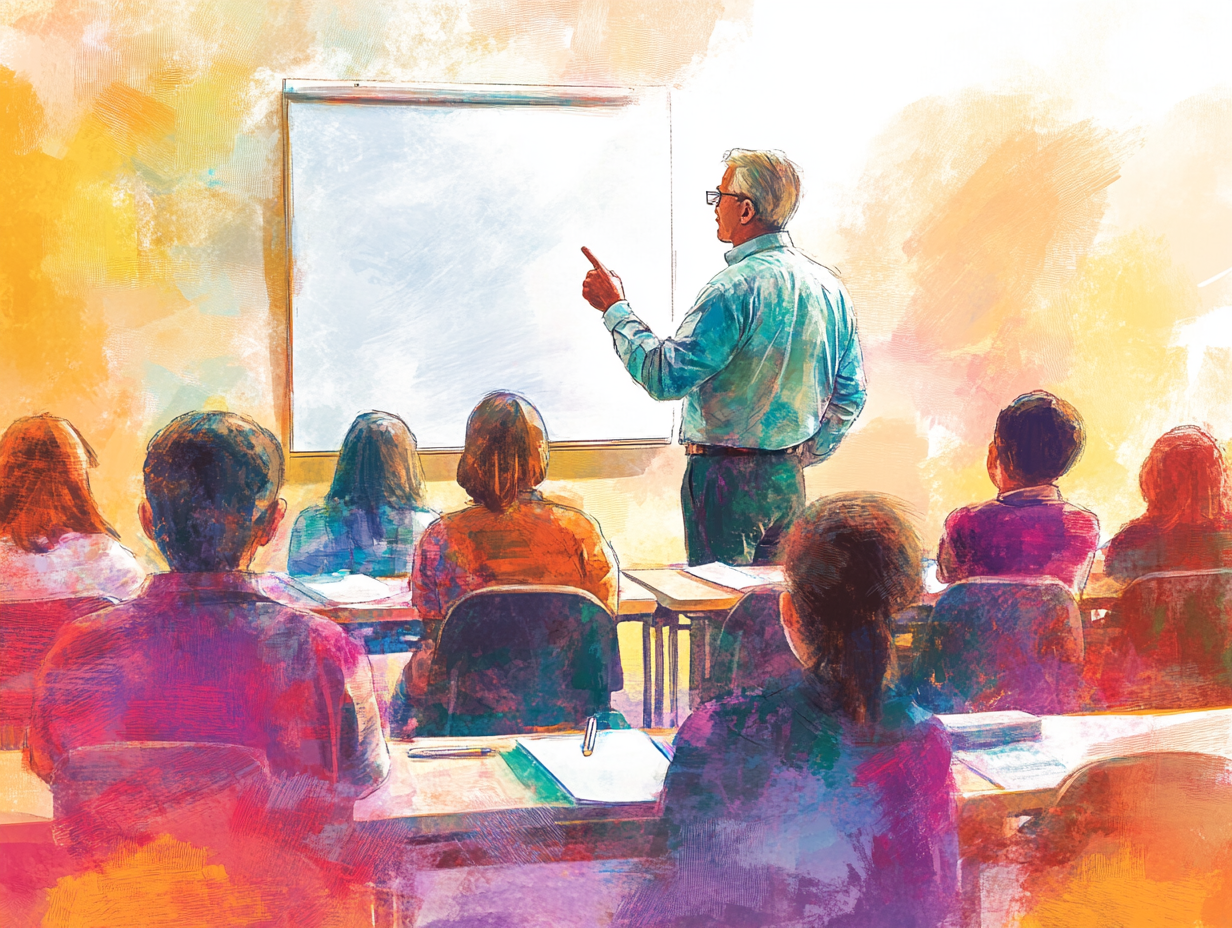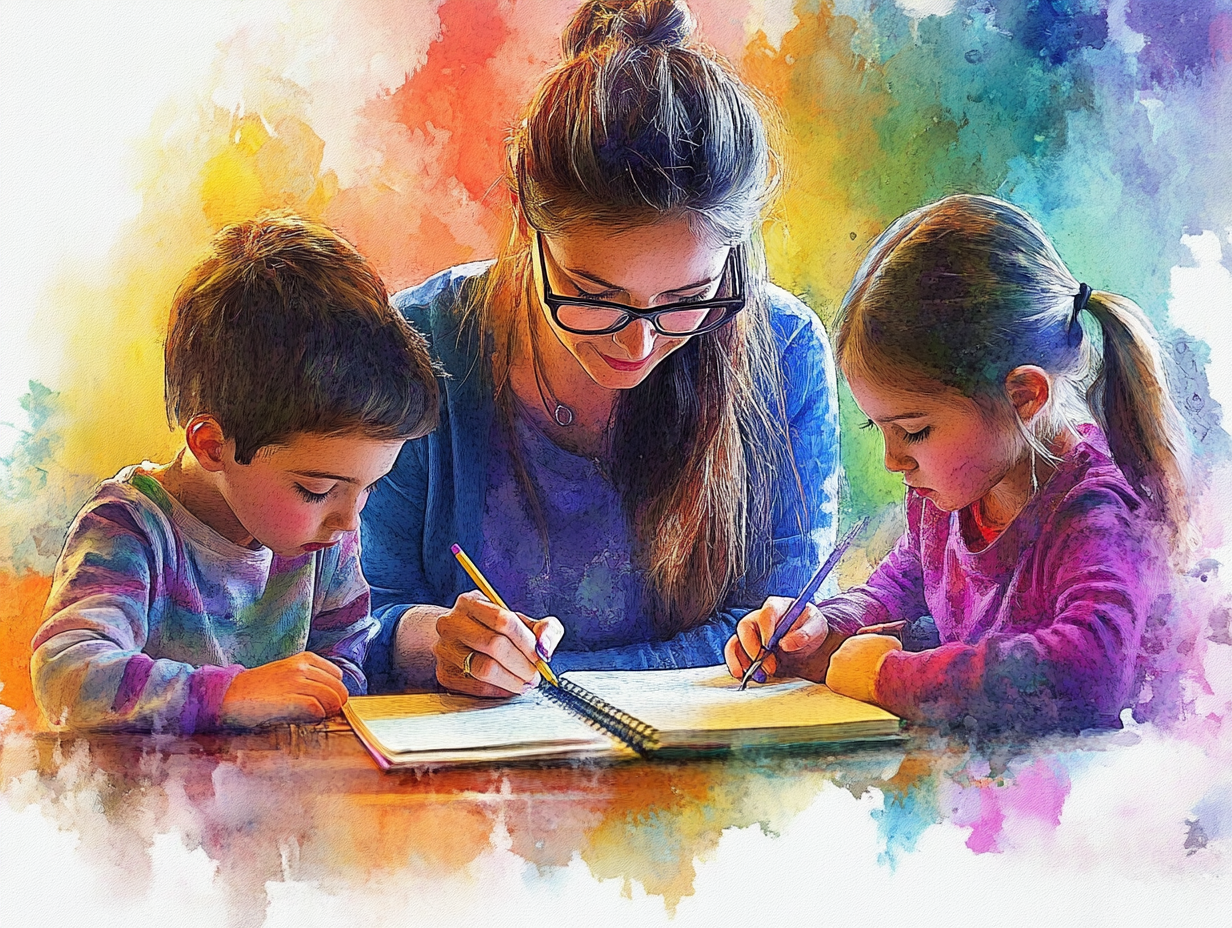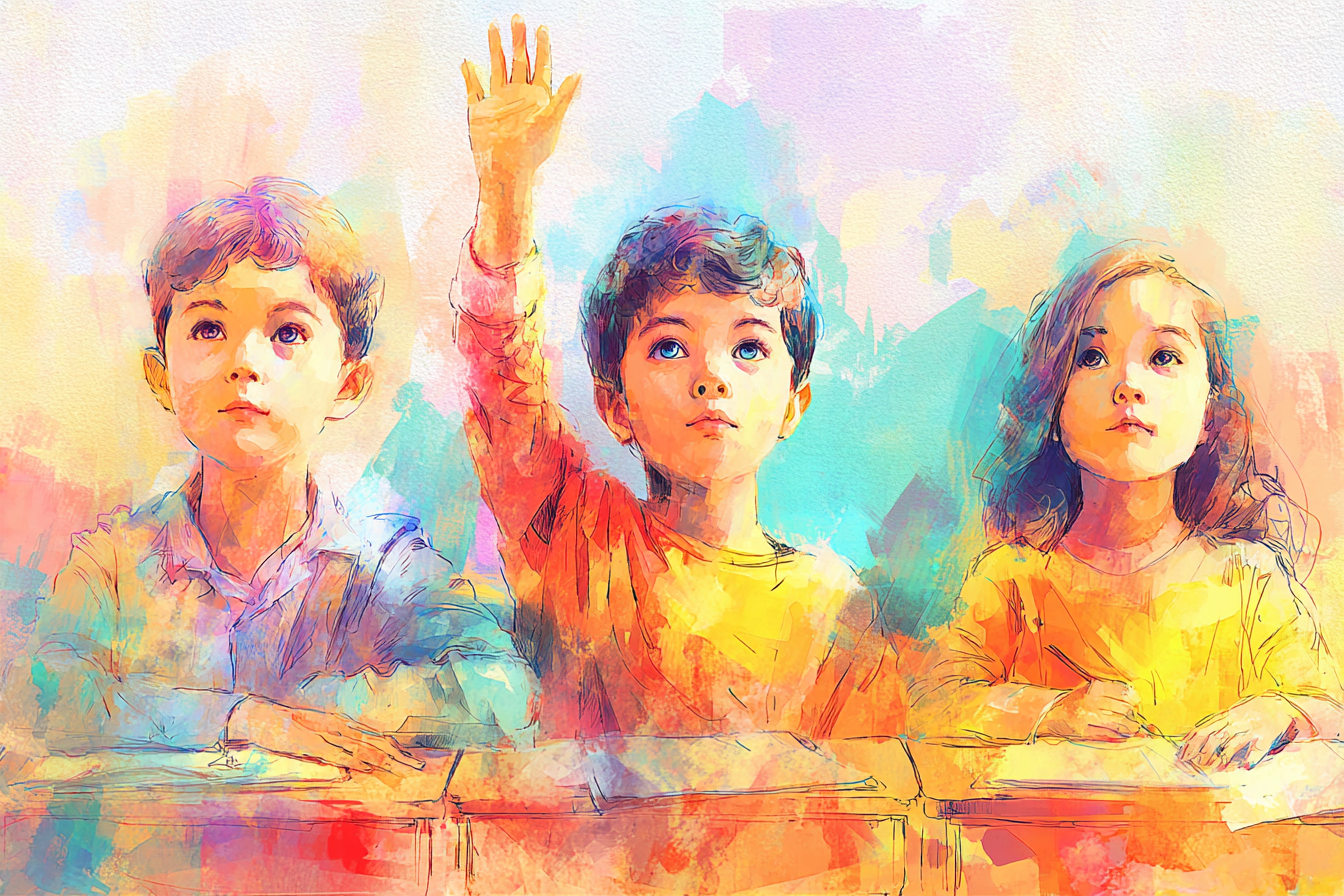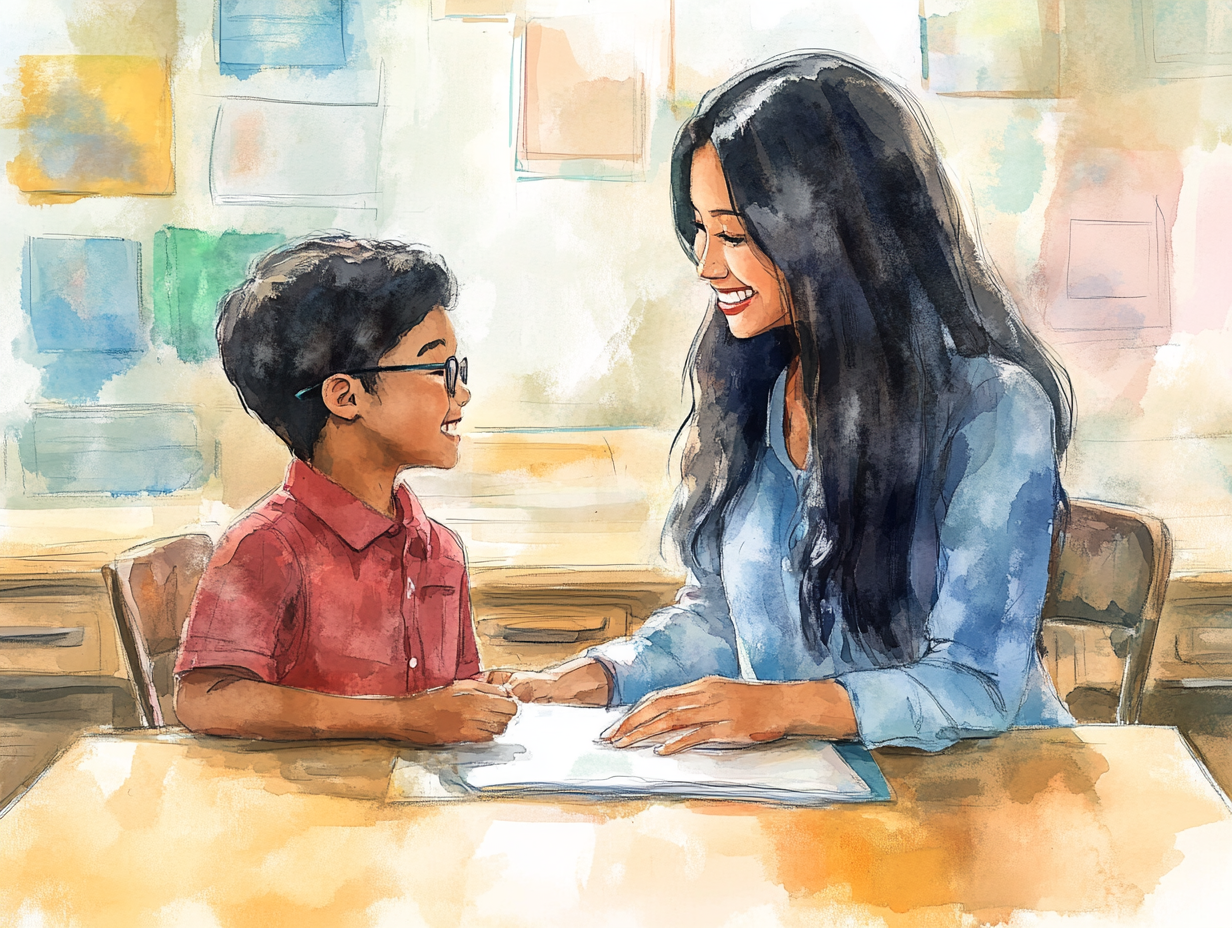Revisiting the “E” Word: Empathy in Education as The Foundation of Effective De-Escalation and Classroom Connection

When we think about the skills every educator should master, we often think about curriculum design, classroom management, and assessment strategies. But what if the most essential skill isn’t about content or compliance—but connection? At MindSet, we believe that empathy is the heartbeat of effective teaching. It’s not just a soft skill—it’s a survival skill. And it’s the foundation for everything from successful de-escalation to improved student behavior, staff morale, and long-term educational outcomes.
Empathy, in its simplest form, is the ability to understand and share in the feelings of another. But in a school setting, it becomes so much more. It’s the ability to see a student’s defiance as distress. To recognize that a colleague’s short tone may come from burnout, not blame. And to hold space for others’ experiences without immediately trying to fix or judge them.

Empathy is the Heartbeat of Effective Teaching
In today’s classrooms, where students often arrive carrying complex trauma, academic gaps, and emotional overload, empathy is not a luxury—it’s a necessity. And when educators are equipped with the tools to lead with empathy, powerful things begin to happen.
Let’s start with de-escalation in the classroom.
At MindSet, we train educators to recognize and respond to early warning signs of emotional dysregulation in students. A clenched fist. A sudden outburst. A shut-down stare. Without empathy, these behaviors might look like defiance or disruption. But when viewed through a trauma-responsive lens, they signal something deeper: a nervous system that’s overwhelmed, a child who’s lost their sense of safety and control.

Empathy Changes the Game
This is where empathy changes the game.
Instead of reacting with punishment, the empathetic educator responds with curiosity: “You seem really upset right now. Want to take a break?” That one moment—anchored in presence and compassion—can mean the difference between a hallway meltdown and a meaningful redirection. It’s not about excusing behavior. It’s about understanding what drives it and responding in a way that invites regulation, not resistance.
Check Out: Verbal De-escalation Techniques for Teachers
Empathy also helps educators regulate themselves. In high-stress environments, it’s easy to absorb students’ dysregulation and react from our own stress. But empathy for self—combined with de-escalation training—allows educators to pause, breathe, and respond with intention rather than impulse. This self-regulation isn’t just good for adults. It models emotional intelligence for students, helping them learn to manage their own reactions more effectively.

Building Connection, Not Consequence
The research is clear: students who feel seen and understood are more likely to engage, less likely to act out, and more resilient in the face of challenges. But empathy doesn’t just benefit students. It improves staff dynamics, too. In schools where empathy is modeled and prioritized, colleagues feel safer, more connected, and more supported. Conflict becomes less about power and more about perspective. Feedback is shared more constructively. And educators are more likely to stay in the profession because they feel valued, not just evaluated.
But here’s the catch: empathy can’t be performative. Students—and adults—can sense when it’s forced. That’s why MindSet’s training teaches shifts. Shifts in perspective. Shifts in regulation. Shifts in mindset. Because true empathy isn’t just something you do—it’s something you cultivate. And it starts with awareness.
- Awareness of your own emotional state.
- Awareness of what your students are carrying.
- Awareness of how your response can either escalate or soothe.
And once you build that awareness, the tools follow: de-escalation strategies rooted in neuroscience. Body language that communicates safety. Language that avoids shame and invites reflection. Structures that restore dignity after conflict instead of diminishing it.
Empathy also opens the door to restorative practices. When a student disrupts a classroom, an empathetic approach invites conversation, not just consequences. “What happened?” becomes a better question than “Why did you do that?” And when repair is possible, relationships become stronger, not weaker. This isn’t just theoretical. Schools that implement trauma-informed, empathy-driven approaches see reductions in suspension rates, improvements in academic performance, and deeper trust across the board.

Empathy Also Opens the Door to Restorative Practices
At MindSet, we see empathy as the fuel for every other part of our work. It powers our commitment to safety, our belief in connection, and our insistence that every student—and every educator—deserves to be treated with dignity. Our goal isn’t just to reduce behavior incidents. It’s to transform the way people see each other in moments of stress. To build systems where emotional needs are recognized alongside academic ones. And to give educators the tools they need not just to manage classrooms, but to lead them with heart.
Learn More: Why Trauma-Informed Practices Are Essential in Today’s Classrooms
Empathy doesn’t mean lowering expectations. It means believing that every student is doing the best they can with the skills they have—and being willing to teach the skills they’re missing. It means refusing to reduce a child to their worst moment. And it means offering grace to yourself, too, when your own emotional resources feel depleted.
Because empathy in education isn’t just about what we give to others. It’s about the systems we build to support each other in giving it. Professional development that centers emotional wellness. Leadership that models vulnerability. Policies that make room for context, not just compliance.
When these pieces come together, empathy becomes more than a feeling. It becomes a framework.
And from that framework, we build something better: classrooms where students feel safe enough to learn, educators feel supported enough to teach, and conflict becomes a doorway to connection—not a dead end.
